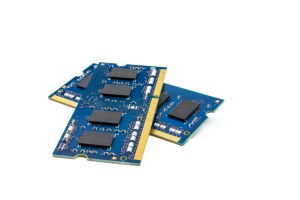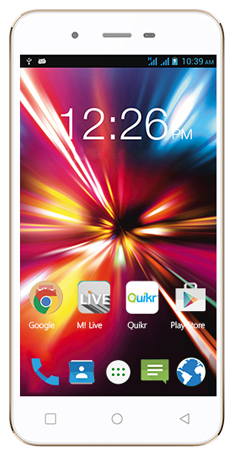RIM (Research in Motion) recently announced its latest version of the BlackBerry operating system. The company demonstrated version 10 in the hopes that it would help to turn around their steadily declining market share. The new release of this OS on smartphones this fall will make more business services and greater security available to customers than ever before.
To make a play for some of the market share in applications held by other well-known smartphone manufacturers, RIM has been distributing developer kits and prototypes to encourage their creation for this new OS. The release of version 10 has been held off until late 2012 to make sure the infrastructure is solid and can handle the sort of innovation that RIM has been encouraging and many of the features of version 10 are still unknown as the company puts its energy toward competing with the top rivals in this market. The focus will be on the touch screen, but they are also continuing to build on one of their strengths, email and messaging. The on-screen keyboard will be easier to use with its predictive capabilities.
Catching up in the apps market will be a challenge with 400K to 600K applications available for the Apple and Android operating systems. Windows mobile devices are also becoming a contender for this market share. Despite the stiff competition, RIM has over 70 million users that can be tapped for the future OS release. Accustomed to the BlackBerry interface, email and messaging, these customers are craving apps and will likely stay around to see what the new BlackBerry has to offer.
A few new features rumored to be in version 10 include video and screen sharing during calls, built in video editing and a completely redesigned user interface. Multitasking features will allow users to send what they are seeing/doing on their phone to the other participants on a call. Video conferencing from your smartphone could be a future reality.
The user interface will feature a home screen displaying applications with real-time information, like the one currently available on some Windows or Android phones. Advanced multitasking will allow you to move from app to app without closing one and opening another. Memory management is said to be enhanced to allow this to happen smoothly.
Messaging and email will continue to be a strong point with more integration with email platforms, a single inbox to retrieve and filter messages from various sources and an advanced virtual keyboard. Predictive text capability will be a time saver, once users master its nuances. Whole words can be moved around with a finger-swipe to create/update messages.
Incorporating gesture controls in the user interface will make for a more intuitive screen experience. Swiping your finger up, down, or side to side will access different functions. Answering or rejecting calls, moving from app to app, and simple editing actions like cutting and pasting can be done by dragging your finger across the screen.
Another interesting feature is that the phone will “learn” as you work with it. For instance, the virtual keyboard will recognize where you press a specific key and adjust to be more sensitive on that spot. As you get more accustomed to the phone, the phone is getting accustomed to you.
Besides the focus on apps and business services, BlackBerry is very concerned about security. Version 10 of the OS is to be the most secure product they have released to date. Not much is being said about the specifics of the security other than it will include multi-layering to protect phone hardware and operating system from attacks. Hoping to prevent future BlackBerry outages, security continues to be a number one concern for RIM and its customers.
The future of BlackBerry may well rest on the reception of version 10 of the OS to be released widely this Fall. With so much competition in the smartphone arena, it will be interesting to see if the advances meet up to the challenge.




![Top 8 Best 6 GB RAM Mobile Phones [2017]](https://thegadgetfan.com/wp-content/uploads/2016/03/Vernee-Apollo.jpg)

![Top 15 Mobiles With Longest Battery Life [12 hours +]](https://thegadgetfan.com/wp-content/uploads/2014/10/increase-battery-backup-tgf.png)